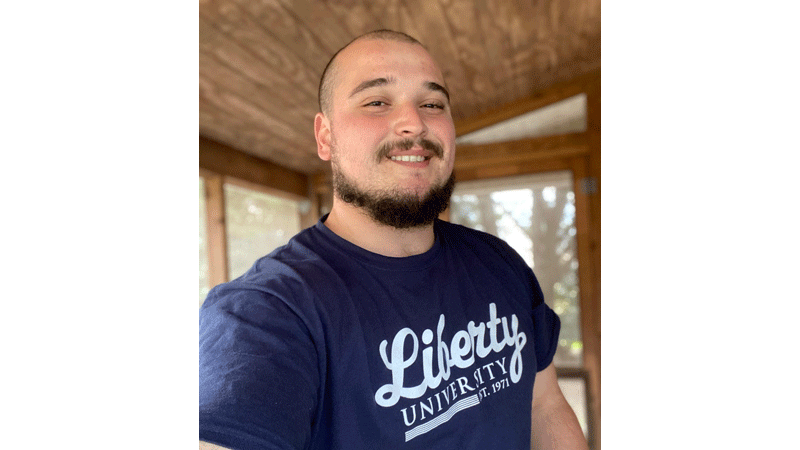Lower tax rate needs considered for Southside
Published 11:05 am Saturday, October 13, 2012
by Thomas Councill
I submit this report as a member of the City of Franklin Project Management Plan Team. The team makes sure the Franklin Community Needs Assessment Project will be completed by June 30.
The City Council’s governing majority’s goal is to produce documents for the state that assess housing, infrastructure and neighborhood conditions within three predominantly poor and black Southside neighborhoods, and prioritize the neighborhoods for future redevelopment.
For clarity, Mayor Raystine Johnson-Ashburn and Council Members Greg McLemore, Mona Murphy and Mary Hilliard make up a black Southside majority. Council members Benny Burgess, Barry Cheatham, Murphy, Hilliard and Ashburn make a black-white, black woman-white man, good black women alliance, super majority.
I serve as a core member of the team and my function is to act as a spark plug or liaison between the project areas and the city; I inform residents of project activities.
Other members are Randy Martin, City Manager; Donald Goodwin, director of Community Development; Brian Reagan, Community Planning Partners; Hilliard; Philip Page, executive director of Franklin Redevelopment and Housing Authority; Taylor Williams, city attorney; Daniel Peak, chairman of the Planning Commission; Bobby Tyler, Planning Commission and developer; Russ Pace, city public works director; Melissa Rollins, finance director; JoeAnn Faulk, finance accountant; Phil Sherman, code enforcement officer; Bob Adkins, code inspector; McLemore; Alvin Blow, contractor; Shelia Baker, Community Development recording secretary; and Ricky Sykes and Linwood Johnson, neighborhood representatives.
Both Council majorities are working to take homes and churches from residents and property owners of the Southside. There is no secret conspiracy going on.
All of the city’s top leaders, black and white, agree the goal and the procedures being used to initiate a redevelopment project that will ultimately take homes and churches. I’ve learned through attending team meetings that the top three criteria for taking homes and churches through redevelopment gentrification are:
* The neighborhoods must be poor. The reason is poor people cannot hire lawyers to fight the city.
* The neighborhoods should be uneducated. The lack of knowledge and training makes it easy for the city to deceive the residents.
* The areas should be basically black, the reason being a lack of political strength and will. Historically blacks have not been able to effectively resist eminent domain.
I believe the more important point is the impact of having the Southside as a slum area.
Since the collapse of the housing market, property values have fallen more than 16 percent. The city’s 2012 housing sales study reveals that 28 homes and no lots were sold.
Tax values should reflect fair market value, but there was no market for lots. And there were only two properties sold on the Southside. Most of the comparables used to determine tax rates were from the Northside, which is not a slum area.
The significant point is that the Northside had a market. Although meager, the fair market value drop of 16 percent could be used to justify tax rates for that side of town. The Southside did not have a market; therefore, it had no fair market values to determine tax values.
However, the City Council wrongfully gave the Southside a tax-rate based on the Northside. This Southside rate is higher than it would be if an assessment had been done based on the Southside only. The result is an overcharge on the Southside landowners.
If the city council insists on maintaining slum status for the Southside, it should establish a slum discount tax rate to serve as a free market alternative for developing the slum areas. A reduced rate of 10 cents per square foot would encourage investors, resulting in an upgrade of the housing stock. Once housing values reach parity with the Northside, the slum zoning would be changed to a fair market.
The City Council has a revenue neutral policy, which would need to change. With a reduction in revenue, due to the implementation of a slum tax rate, the city would have to do more with less, and utilize the power of free markets to maintain operational efficiencies.
Thomas H. Councill Jr. is a member of the City’s redevelopment management team and can be reached at thomas_councill@hotmail.com.





